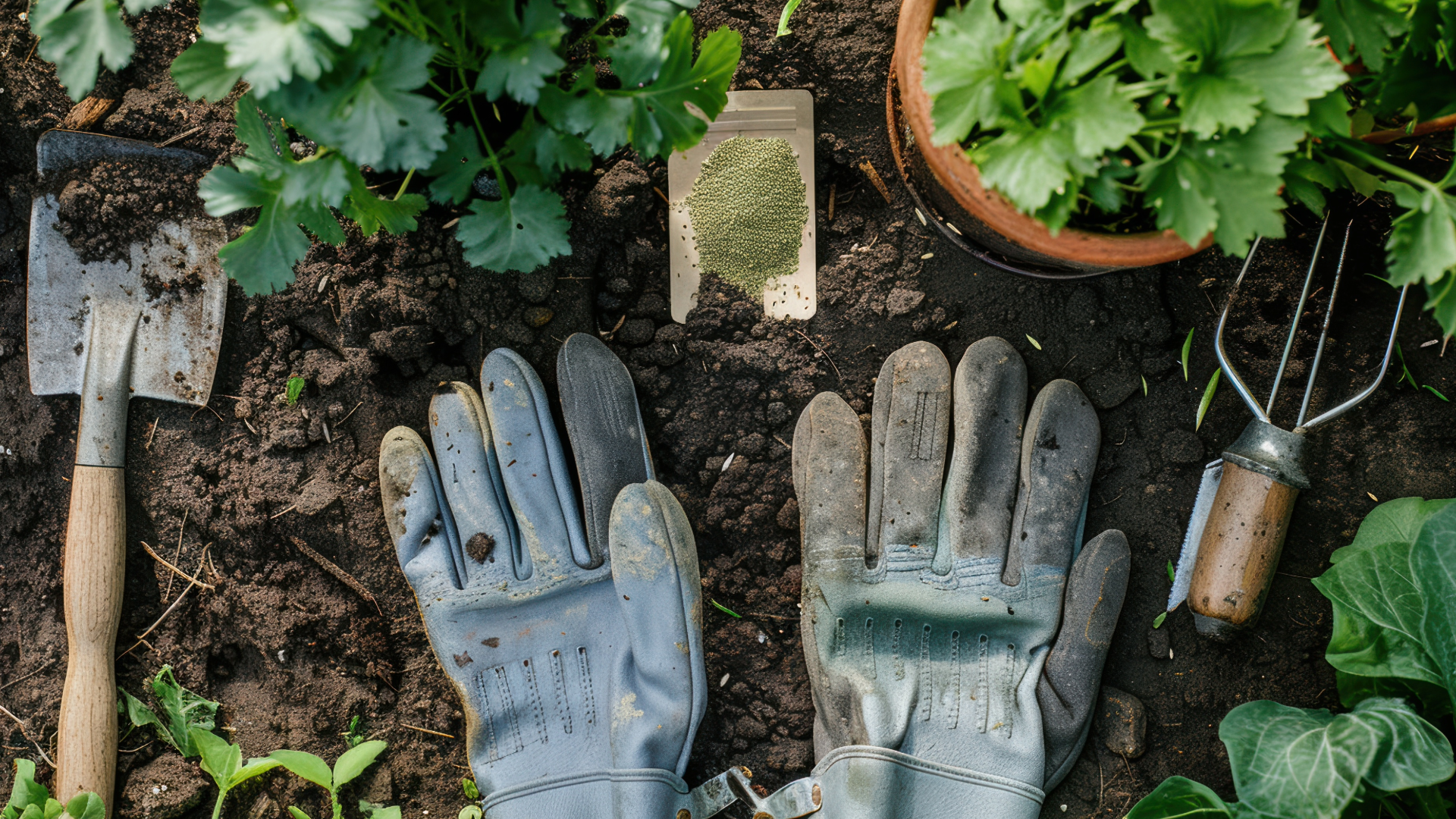AFM NEWS
Planning Your Garden: A Guide to Smart Planting

A well-planned home garden can provide fresh produce, beautiful flowers, and a peaceful retreat right in your backyard. Whether you’re a beginner or an experienced gardener, having a strategy before planting ensures a thriving and productive space. Here are some essential tips to help you plan your home garden, including smart companion planting techniques to maximize growth and yield.
1. Location, Location, Location
Before you pick your plants, it is important to select a good location for your garden! Sunlight, soil quality, and accessibility will all play a role in how successful your garden is. Most vegetables and flowers require at least 6-8 hours of direct sunlight per day. If your space has more shade, you might want to consider either a different location or sticking to leafy greens like lettuce and spinach that thrive in partial sunlight.
2. Understanding Your Soil
Test your soil’s pH and nutrient levels before planting! pH stands for “potential of hydrogen” or “power of hydrogen.” It measures the concentration of hydrogen ions (H⁺) in a solution, indicating how acidic or alkaline it is. Soil pH testing kits can be found at most garden centers and, of course, online. Many garden plants such as tomatoes, peppers, and even strawberries, prefer slightly acidic (or slightly low pH 6-6.9) to neutral soil (pH 7.0). You can also adjust the pH of your soil by mixing in compost or improving the water retention, drainage, and nutrient levels with organic matter.
3. Choosing What to Plant
There are pros and cons to consider when you pick what to plant! If you’re looking for beauty and pollinators, flowers are a great choice. Not only do flowers attract bees and butterflies but they can help add beauty and curb appeal to your space. If you want fresh food, fruits and vegetables are well worth the effort! Save money on groceries and provide your family and friends fresh and potentially organic (if you avoid pesticides and chemicals) favorites. If you want a low-maintenance, useful plant, herbs might be your best bet. Many herbs are perennial, meaning they come back year after year; plus, they can be very helpful with cooking, teas, and natural remedies. Some herbs can even help repel pests and improve soil health when planted near vegetables and fruits! A well-balanced garden often includes a mix of all three! If you are just starting out, try a mix of easy-to-grow crops like tomatoes, peppers, beans, and herbs like basil and rosemary.
4. Companion Planting: Will my plants be bros or foes?
Companion planting is a method of strategically placing plants together to enhance growth, deter pests, and improve soil health. Here are some beneficial and problematic plant pairings:
Good Companion Plants:
- Tomatoes & Basil: This team is perfect long before you reach for the mozzarella! Basil repels pests that target tomatoes and enhances flavor.
- Carrots & Onions: Onions help deter carrot flies.
- Corn, Beans & Squash (Three Sisters Method): Beans fix nitrogen in the soil, corn provides a natural trellis, and squash shades the soil to prevent weeds.
- Lettuce & Radishes: Radishes loosen the soil for lettuce roots and deter pests.
- Marigolds & Anything: Marigolds repel nematodes, a microscopic pest that can be damaging to plant roots, and they also attract pollinators.
Plants That Shouldn’t Be Planted Together:
- Tomatoes & Potatoes: Both are prone to similar diseases, increasing the risk of crop failure while decreasing your yield.
- Carrots & Dill: Fun Fact! Dill can stunt carrot growth.
- Beans & Onions: Onions can inhibit the growth of beans.
- Cabbage & Strawberries: Strawberries can attract pests that harm cabbage plants.
5. Creating a Garden Layout
Consider building raised beds or rows, especially if your ground soil isn’t easy to work with. Not only will these give you more control with watering and drainage, but they can also help prevent weeds. Keep taller plants on the north side of the garden to avoid shading smaller ones, and use trellises or other supports for climbing plants like cucumbers and peas in order to save space.
6. Maintaining Your Garden
Regular watering, mulching, and weeding will keep your garden happy and healthy. Water deeply in the morning to reduce evaporation in the summer sun and prevent disease. Mulching with straw or wood chips can also help retain moisture and keep weeds at bay.
7. Seasonal Rotation & Succession Planting
Rotate crops yearly to prevent soil depletion and reduce pest problems. You might also consider succession planting, such as planting new lettuce every few weeks, which ensures a constant supply of ready-to-harvest plants.
A well-planned garden not only provides fresh produce but also becomes a rewarding and enjoyable hobby. By understanding plant relationships and using companion planting techniques, you can create a thriving and sustainable garden space. Happy planting!
